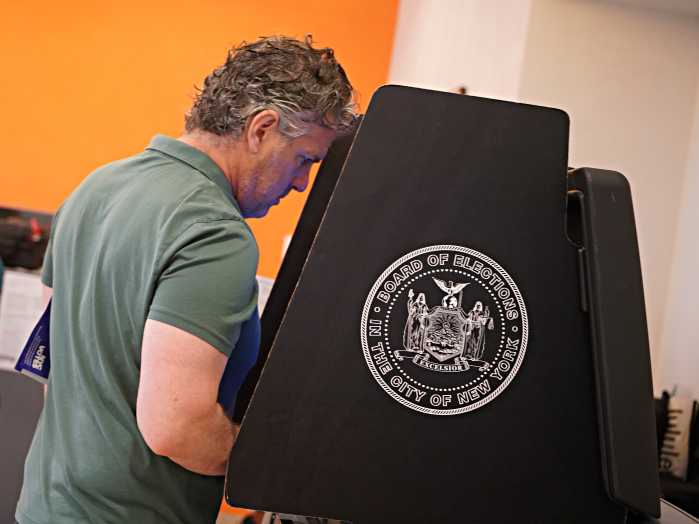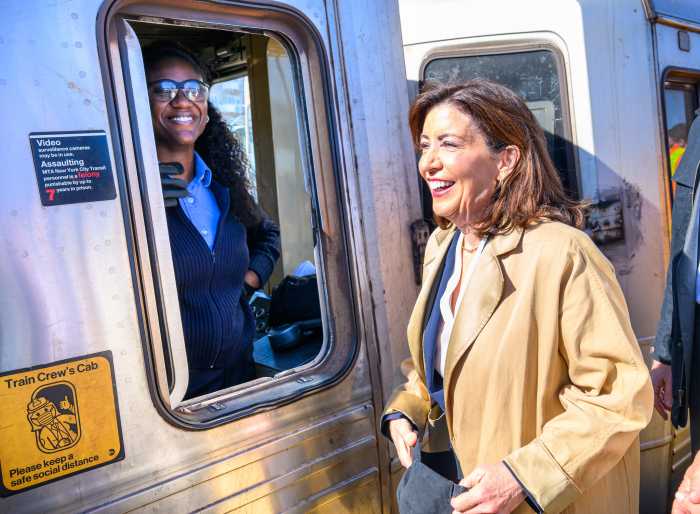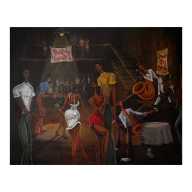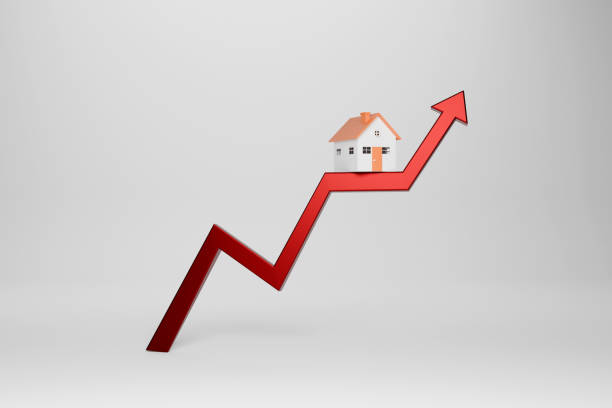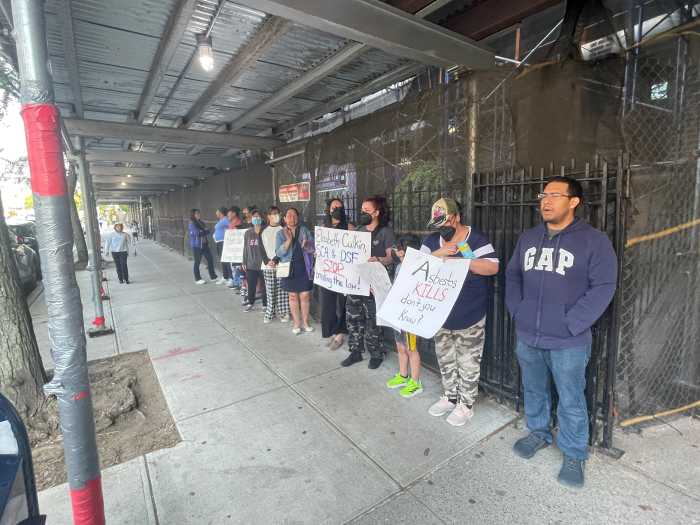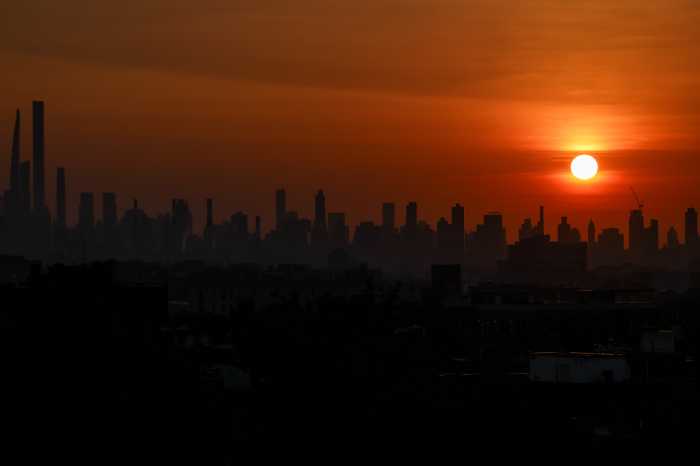Soda tax is sweet
With a current deficit of at least $9 billion, the Albany budget will be a bitter pill to swallow no matter how it is balanced, but it won’t taste quite so bad if legislators have the courage to tax soda and other high-sugar drinks at a penny an ounce, as the governor proposes.
Obesity is one of the leading threats to New Yorkers’ health, and a major reason for our skyrocketing health costs. The tax won’t end obesity as we know it, but anything to discourage people from reducing their intake of an unhealthy contributor to the problem is a help.
The Big Sugar lobby is working hard to bully legislators and dupe voters. Ironically, one of their commercials subtly makes the case for the tax. A minority owner of a small market says he sees shoppers with calculators in the aisle figuring out their food budget down to the penny. Aren’t those customers more likely to choose something healthier, or at least less unhealthy, if a large bottle of soda is 68 cents more? People of many incomes are likely to change their habits for the better with the tax.
This budget will no doubt have income tax hikes, cuts to schools and other painful measures. Unlike the other options, the soda tax at least has an upside.
It’s much like traffic pricing, which reduces pollution and congestion while raising desperately needed money for mass transit. By the way, that’s an idea we hope will be revived immediately after the budget is passed. There are too many subway and bus cuts pending without considering beneficial ways to avoid them.
Higher-priced driving and soda beats canceled bus lines and overcrowded classrooms anytime. We can live with a little less sugar and pollution, but we might not be able to live with more.
‘Green’ with pride
When it was announced at last weekend’s New York Press Association convention that The Villager had won the first-place award for Coverage of the Environment, it apparently came as quite a shock to some — that an urban weekly in densely populated Downtown Manhattan — the “concrete jungle” — could do such a thing.
We, on the other hand, weren’t stunned. Yes, of course, we were pleasantly surprised — make that, extremely happy — and honored to have won, but it’s simply a fact that there is no lack of great thinking, as well as progress, on issues of sustainable energy and ecological awareness in these parts.
Our “green” special section last year, a key part of our winning entry, had reports on many of these local initiatives, from a former East Village squatter’s pioneering efforts to promote biodiesel — used restaurant frying oil that is collected and turned into clean-burning fuel — to the Lower Eastside Girls Club’s new energy-efficient clubhouse building, to the many steps New York University is taking to sharply reduce its carbon footprint, most notably by constructing a new, state-of-the-art co-generation plant on Mercer St. And the issue of hydrofracking in the Upstate watershed — which Villager reporter Albert Amateau follows diligently — clearly resonates deeply with many local residents, as seen by the hundreds who have turned out at hearings to protest against the toxic, natural-gas extraction method. And Mayor Bloomberg has a strong green agenda, as witnessed by his million-trees initiative, among others.
So, yes, The Villager is proud to have won a first-place award for our environmental coverage — but no, it’s not shocking that urban residents actually think they have an “environment,” and are doing things to improve it.




